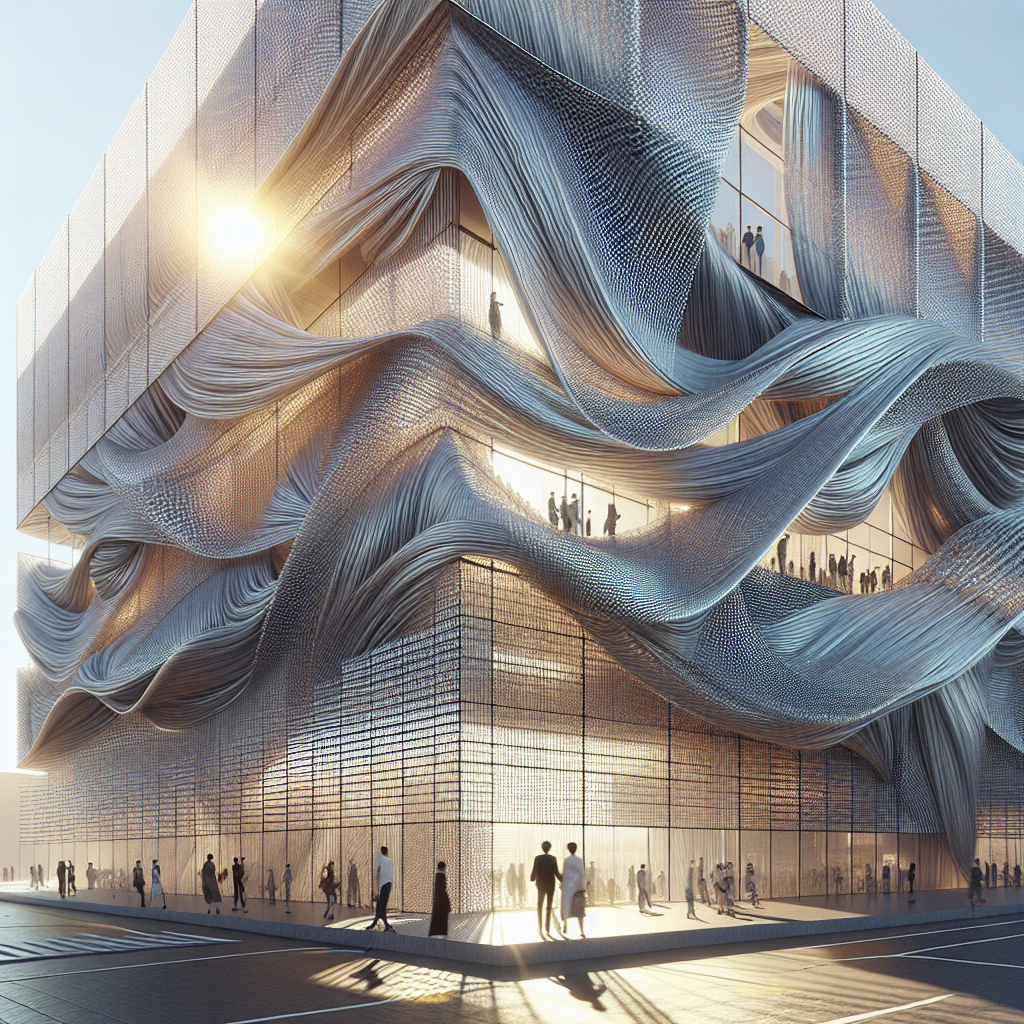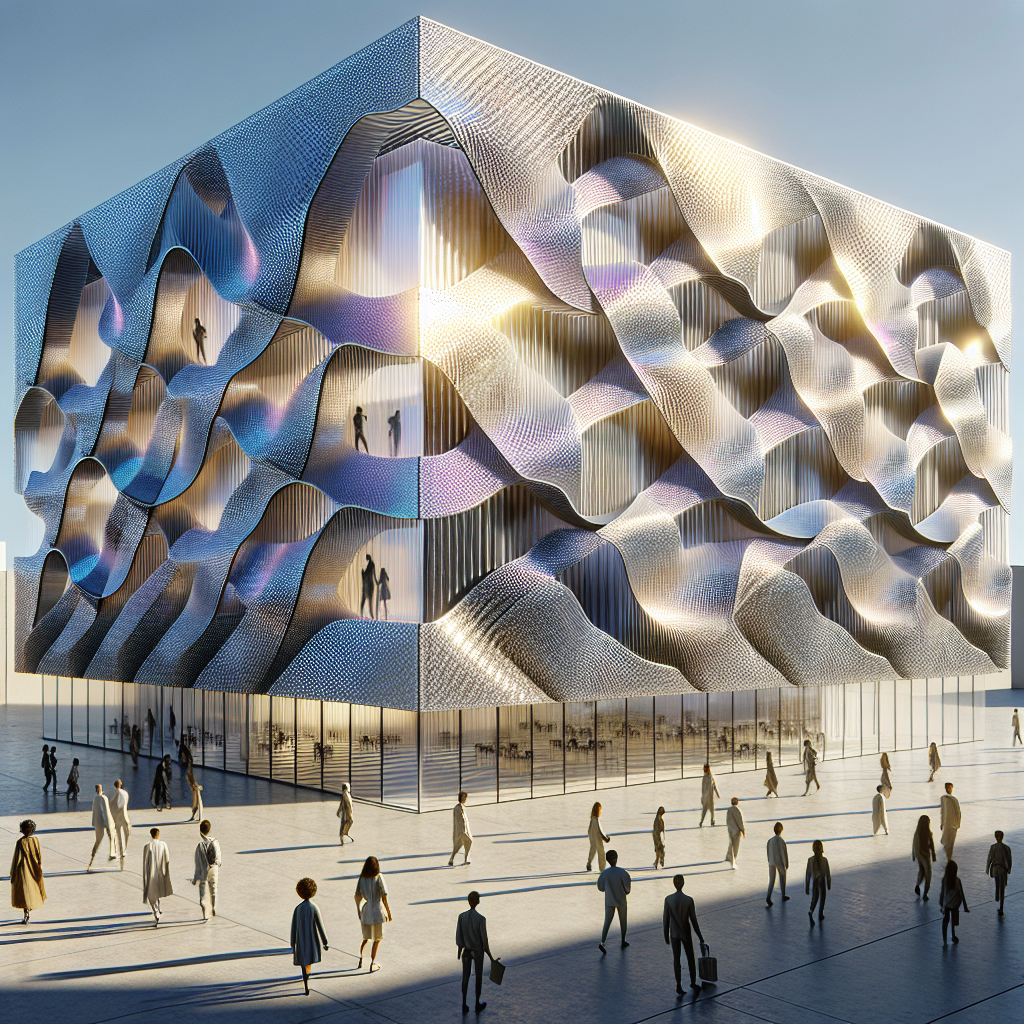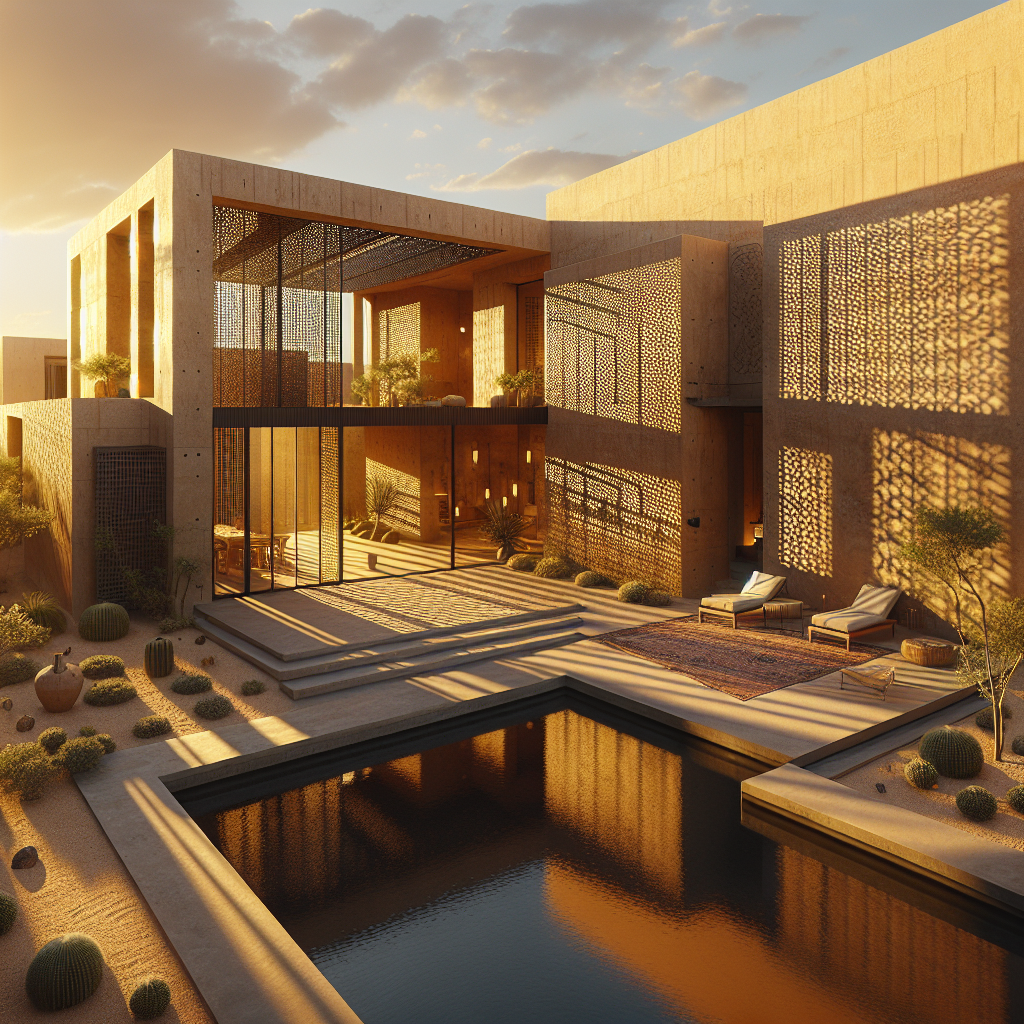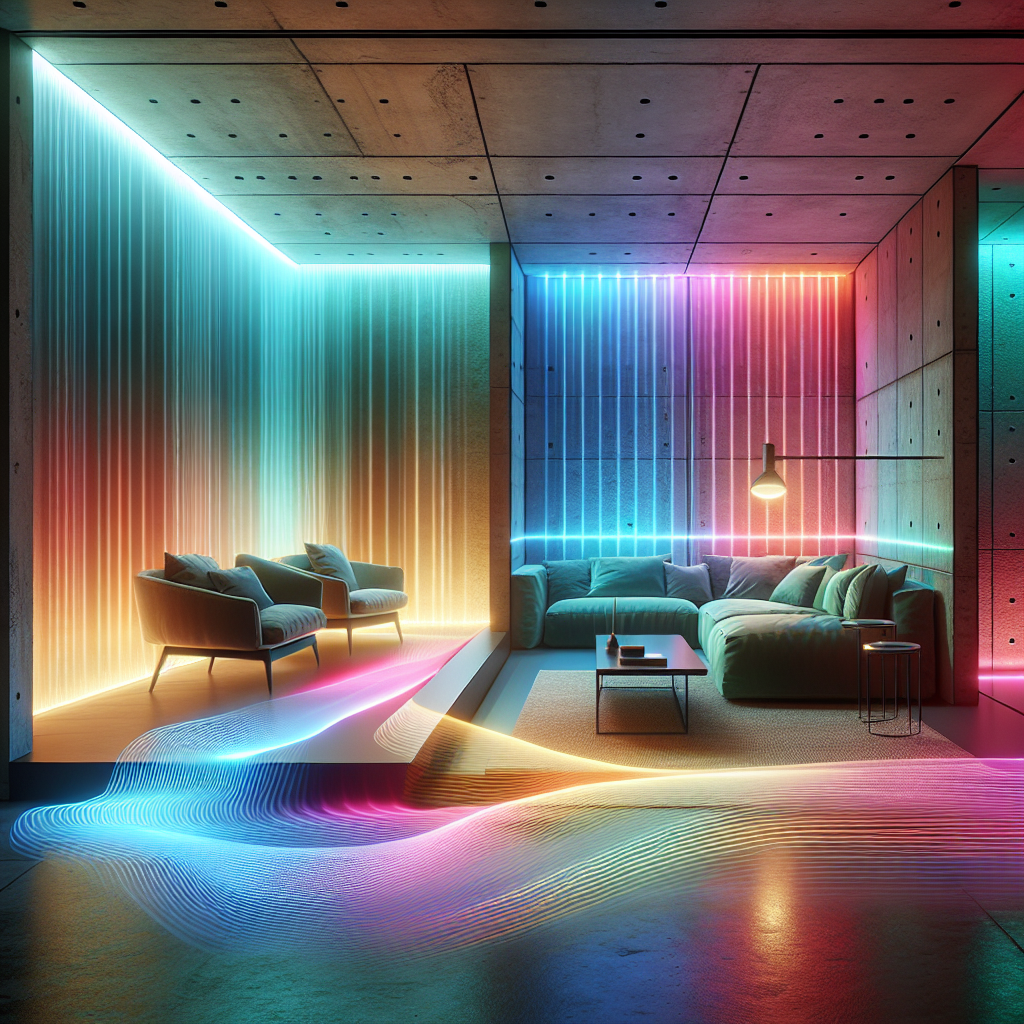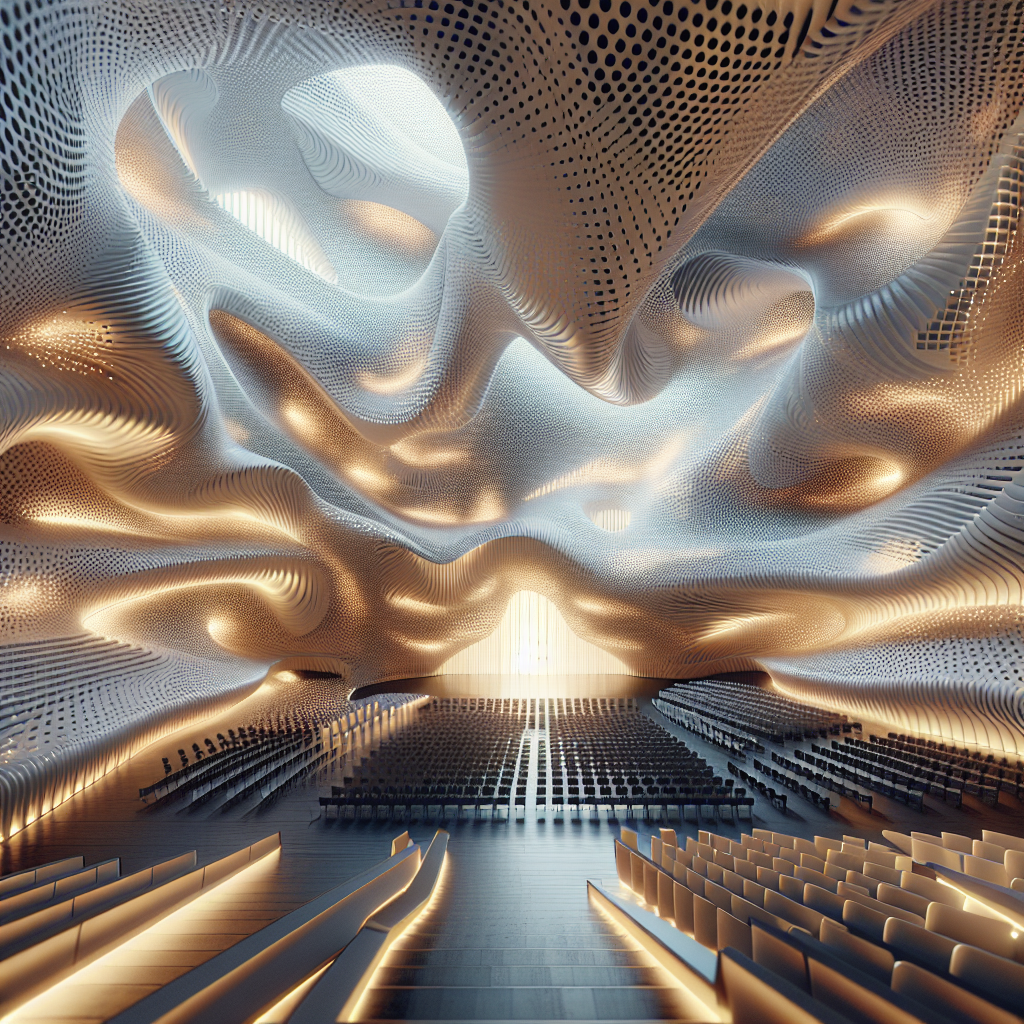Photovoltaic threads solar: tapestry textiles woven with energy capture
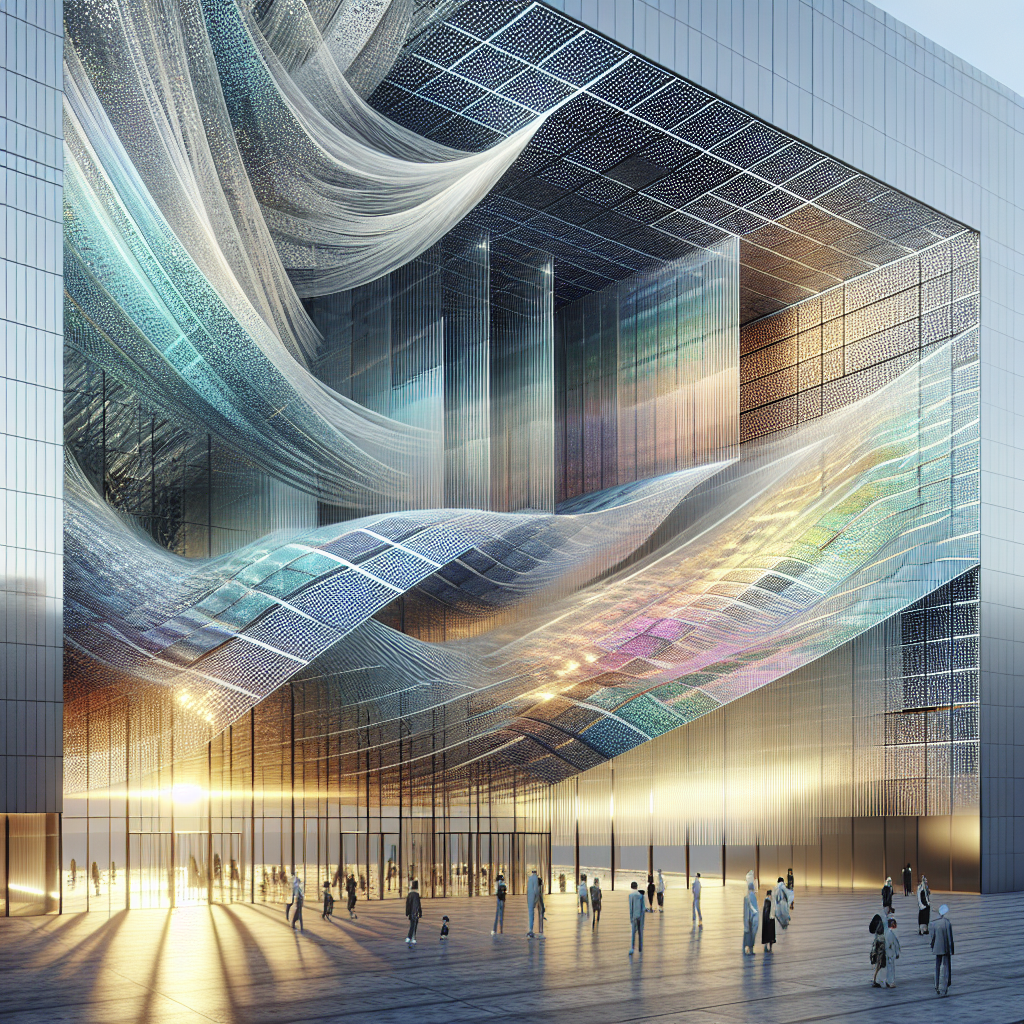
Photovoltaic Threads Solar: Tapestry Textiles Woven with Energy Capture
In the evolving dialogue between design innovation and sustainability, a new material frontier is emerging—one that literally weaves energy into the fabric of our built environment. Photovoltaic threads, or solar textiles, are transforming the way architects and designers think about surfaces, shading, and ornamentation. These woven materials—part textile, part technology—promise to turn curtains, upholstery, and façades into active energy-harvesting systems. They are not just functional; they are beautiful, tactile, and deeply poetic, embodying a future where aesthetics and performance are seamlessly intertwined.
The Fusion of Fabric and Photovoltaics
At its core, a photovoltaic textile integrates solar cell technology into fibers that can be spun, dyed, and woven like traditional threads. These fibers are often coated with thin-film solar materials—such as perovskites or organic photovoltaic compounds—that remain flexible while converting sunlight into electricity. Unlike rigid solar panels, these threads maintain the softness and drape of fabric, allowing them to be integrated into architectural and interior applications that were previously unimaginable.
The concept has evolved rapidly over the past decade. Early prototypes were limited by fragility and low efficiency, but recent advances in nanomaterials and conductive polymers have redefined the field. Research from institutions such as MIT and the Swiss Federal Laboratories for Materials Science and Technology (Empa) has yielded solar fibers capable of generating up to 400 milliwatts per square meter—enough to power sensors, lighting, or small electronics embedded within the fabric itself.
From Facades to Furnishings: The Design Applications
Imagine a building façade that shimmers like silk in daylight, its woven surface quietly absorbing solar energy. Or a hotel lobby where the drapery not only filters sunlight but also powers the ambient lighting at dusk. These are no longer speculative visions—they are the early manifestations of a solar textile revolution.
Architects are beginning to experiment with photovoltaic fabrics as both structural and aesthetic elements. The Danish design firm Kilo Architecture, for instance, has proposed tensile canopies woven with solar threads for coastal pavilions—structures that generate their own energy while offering shade and visual lightness. Similarly, adaptive shading systems in experimental projects in Japan and Italy use solar textiles that adjust opacity and energy output based on sun exposure, creating responsive envelopes that merge environmental intelligence with artistry.
In interiors, the potential is equally transformative. Upholstery, wall hangings, and acoustic panels can now double as micro power stations. The notion of a “living interior” gains new meaning when every surface contributes to the building’s energy ecosystem. This echoes the principles of biophilic design—integrating natural processes into human environments—but with a technological twist that redefines sustainability as both sensory and systemic.
Textile Architecture Reimagined
The architectural implications of photovoltaic threads extend beyond energy generation. They invite a rethinking of how textiles participate in the spatial experience. Traditional fabric architecture—seen in tensile structures, canopies, and shading membranes—has always balanced lightness with strength. Now, these same surfaces can also serve as energy collectors, transforming passive skins into active systems.
In a sense, the solar textile façade becomes a new kind of ornamentation—one that is dynamic, performative, and data-driven. The aesthetic potential is vast: metallic threads that glint under the sun, color-shifting weaves that respond to light intensity, or gradient patterns that reveal energy flow. Designers are exploring how these materials can articulate a building’s environmental intelligence, making sustainability visible rather than hidden in mechanical rooms or rooftop panels.
This aligns with the broader movement toward solar-powered design, where energy systems are no longer add-ons but integral to the architectural language. The result is a more holistic expression of ecological consciousness—one that fuses craft, technology, and narrative.
Craftsmanship Meets High Tech
One of the most compelling aspects of photovoltaic textiles is their dialogue with traditional craftsmanship. Weaving, one of humanity’s oldest technologies, becomes the vessel for one of its newest. This convergence of handcraft and high-tech mirrors the ethos of the Bauhaus movement, which sought to unify art, craft, and industry. Today’s solar weavers are, in many ways, its spiritual descendants.
Studios such as Studio Samira Boon in Amsterdam and the French atelier Tissages Perrin are experimenting with hybrid looms that can integrate conductive fibers alongside natural materials like linen or silk. The resulting fabrics are not only functional but also sensorially rich—textiles that hum softly with energy, their patterns hinting at invisible flows of power. This fusion of tactility and technology resonates with the growing appreciation for craftsmanship in contemporary design, where authenticity and innovation coexist.
Energy Aesthetics and the Future of Sustainable Design
The rise of photovoltaic textiles reflects a broader cultural shift toward what might be called energy aesthetics—a design philosophy that celebrates the visible presence of energy systems rather than concealing them. Just as the industrial designers of the 20th century made mechanical function a visual language, today’s architects are turning renewable energy into an expressive medium.
This approach dovetails with the global push toward net-zero architecture. Buildings that generate as much energy as they consume are no longer the exception but the expectation. Photovoltaic textiles contribute to this goal not only by producing power but also by enabling new forms of lightweight, adaptable construction. They reduce the need for rigid panels, heavy cladding, and complex installations, offering a more fluid integration of energy capture into the architectural fabric.
The potential applications extend to temporary and nomadic structures as well. Solar tents, kinetic pavilions, and deployable shelters could all benefit from fabrics that generate their own electricity. In humanitarian design contexts, this could mean emergency housing that powers itself, or portable clinics with self-sustaining lighting systems—an elegant synthesis of form, function, and resilience.
Challenges and Opportunities Ahead
Despite their promise, photovoltaic textiles face several hurdles before widespread adoption. Durability, efficiency, and cost remain key challenges. Exposure to UV radiation, moisture, and mechanical stress can degrade the solar coatings over time. Researchers are addressing these issues through encapsulation techniques and advanced polymers that enhance longevity without compromising flexibility.
Equally important is the question of scalability. Producing solar threads at industrial volumes requires rethinking textile manufacturing processes, from spinning to finishing. Yet as demand for sustainable materials grows, economies of scale are expected to follow. According to a 2024 report by the International Energy Agency, the global market for flexible solar materials—including textiles—is projected to exceed $3.5 billion by 2030, driven by architectural and wearable applications.
For designers, the opportunity lies not only in adopting these materials but in shaping their aesthetic and experiential potential. The challenge is to move beyond novelty and toward meaningful integration—where energy-generating fabrics are not simply technological add-ons but essential components of a building’s identity.
A Tapestry of Light and Power
In the grand narrative of design evolution, photovoltaic threads represent a poetic turning point. They invite us to imagine architecture as a living organism—one that breathes, absorbs, and transforms sunlight into vitality. The woven façade becomes a metaphor for interconnectedness: each thread a conduit of energy, each pattern a reflection of our collective pursuit of balance between technology and nature.
As cities strive to reconcile beauty with responsibility, these solar textiles offer a new kind of luxury—one defined not by excess, but by intelligence. They remind us that the future of design is not only about what we build, but how our materials participate in the life of the planet. The next generation of architects and designers will not merely design spaces; they will compose symphonies of light, energy, and texture—woven, quite literally, from the sun itself.
In this luminous intersection of art and science, the photovoltaic tapestry stands as both symbol and solution: a soft revolution, radiant and quietly powerful, illuminating the path toward a more sustainable and sensorially rich built world.
Published on 11/07/2025
